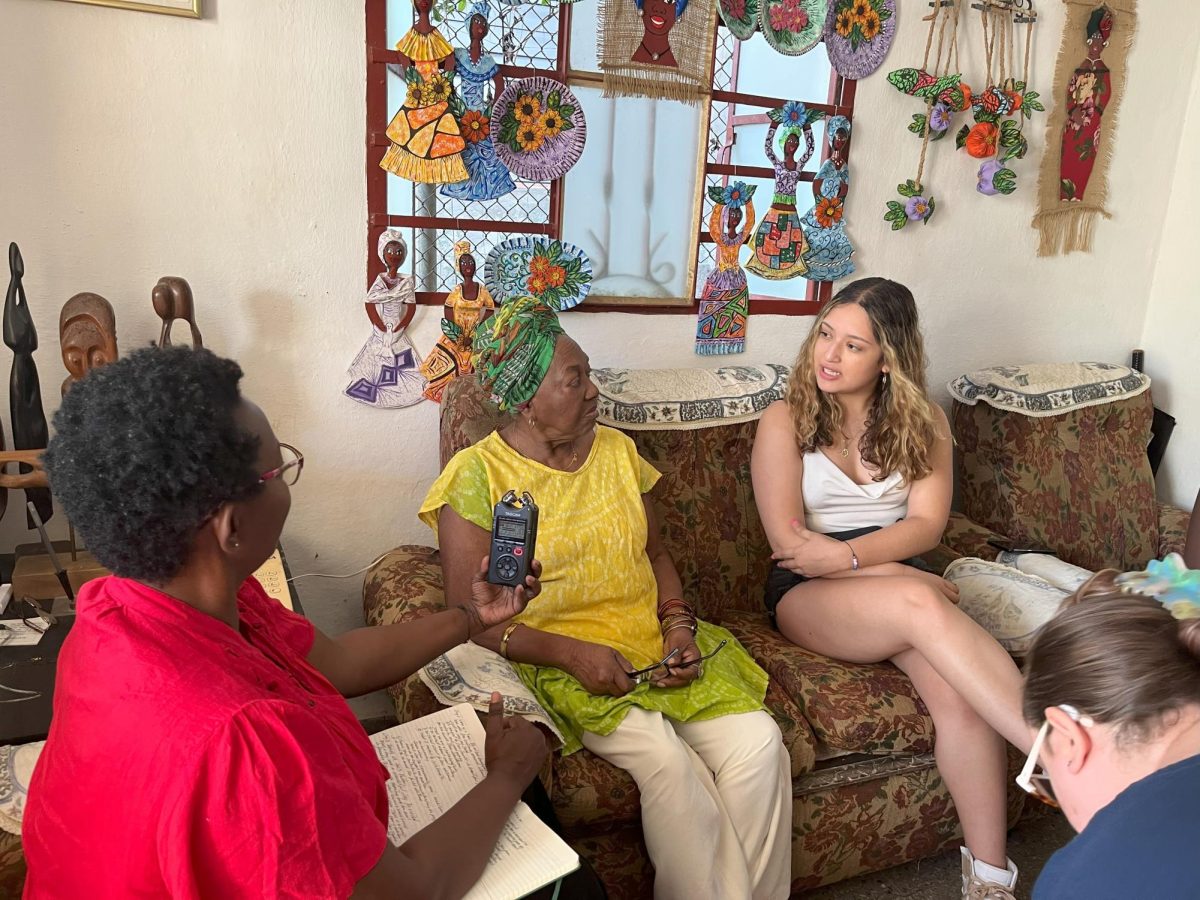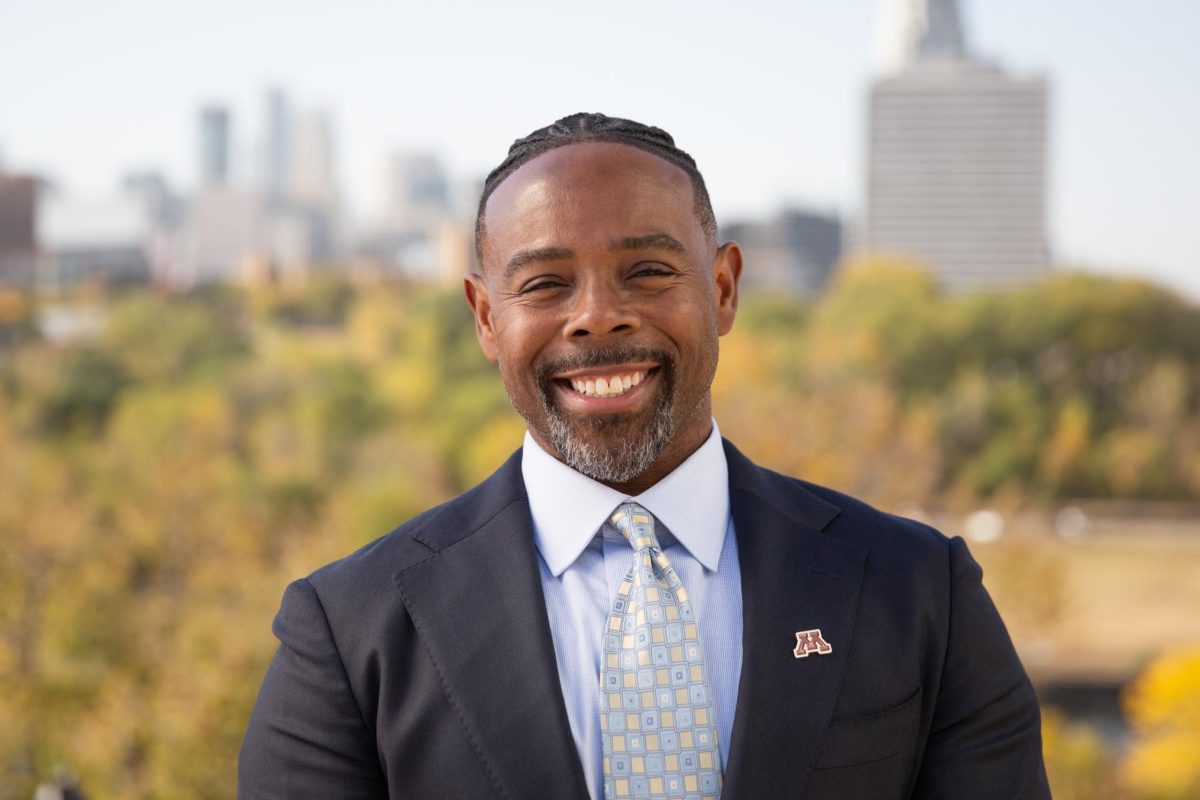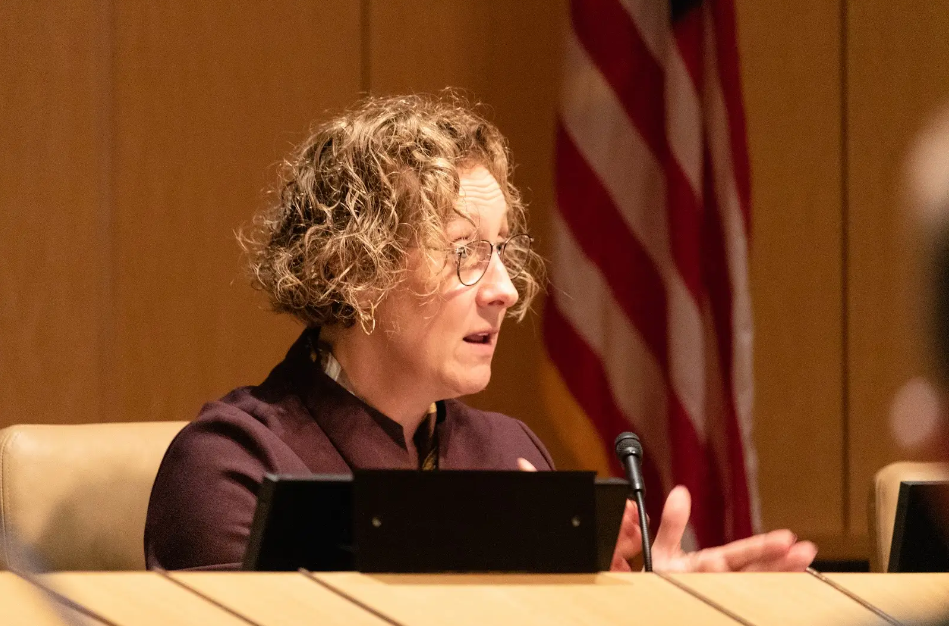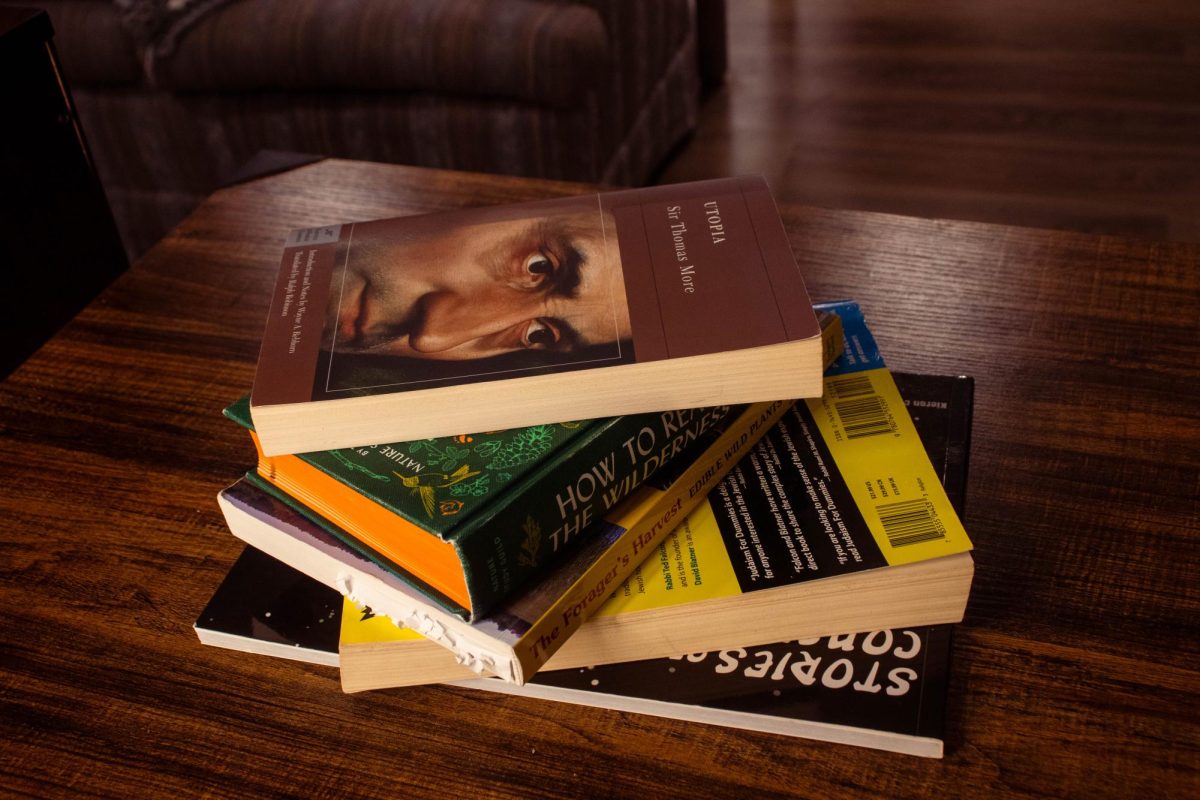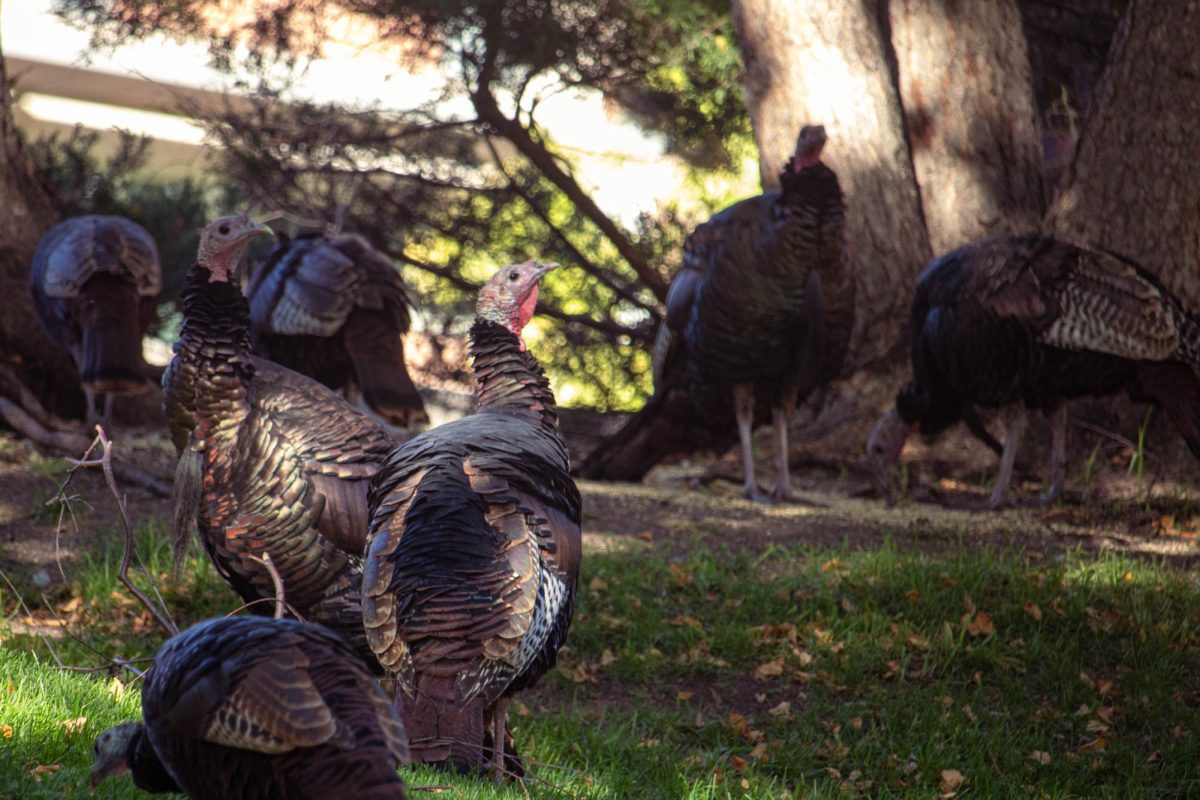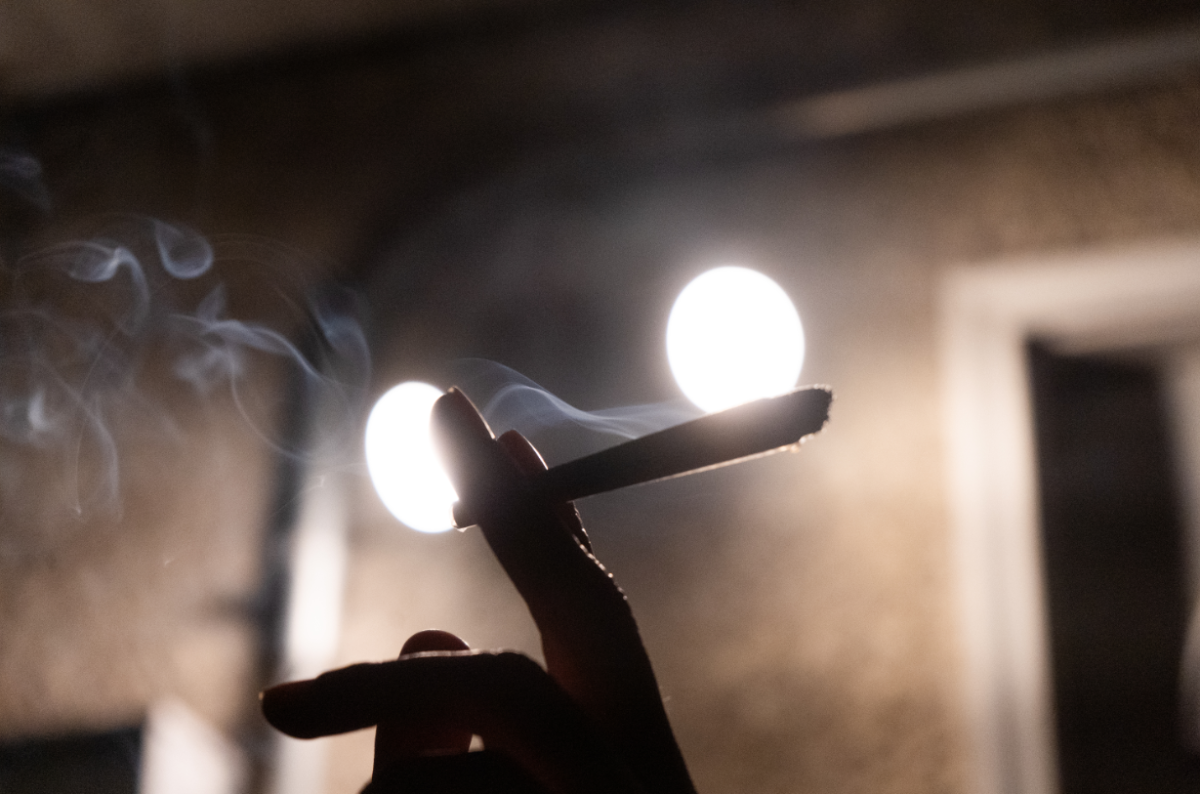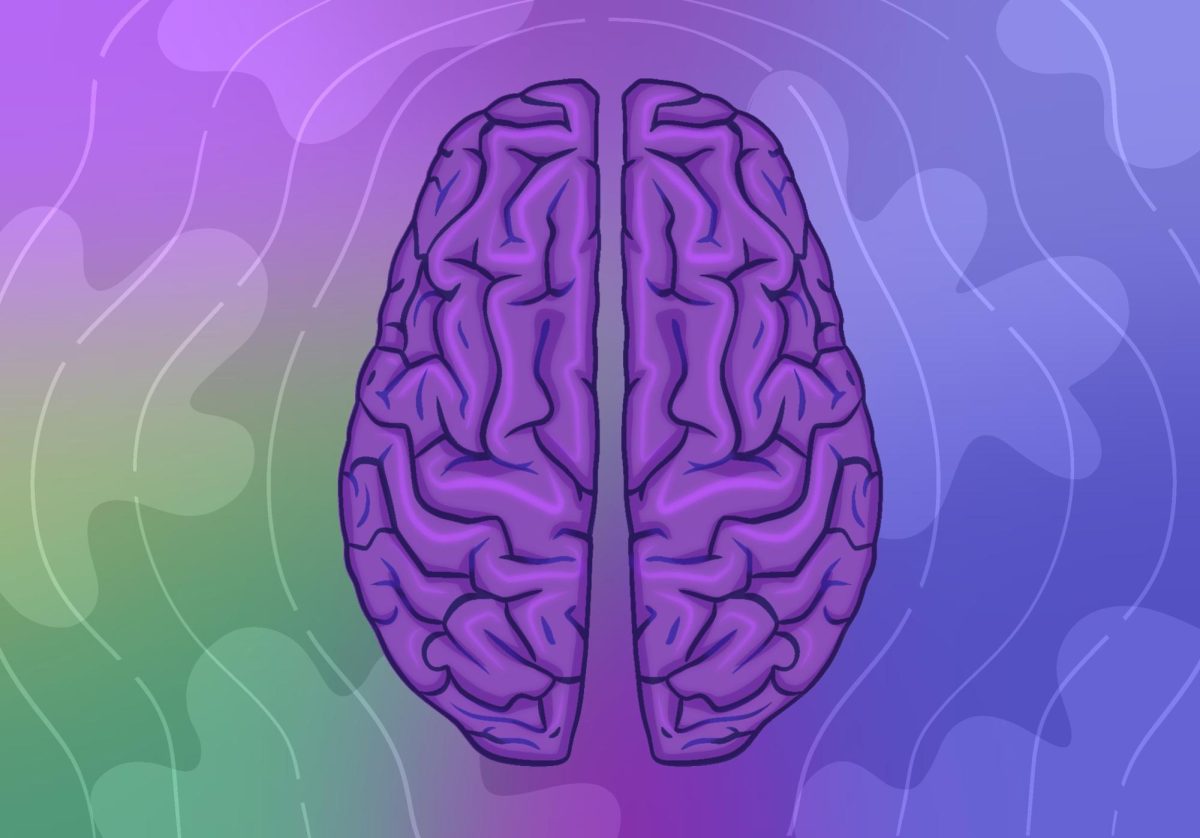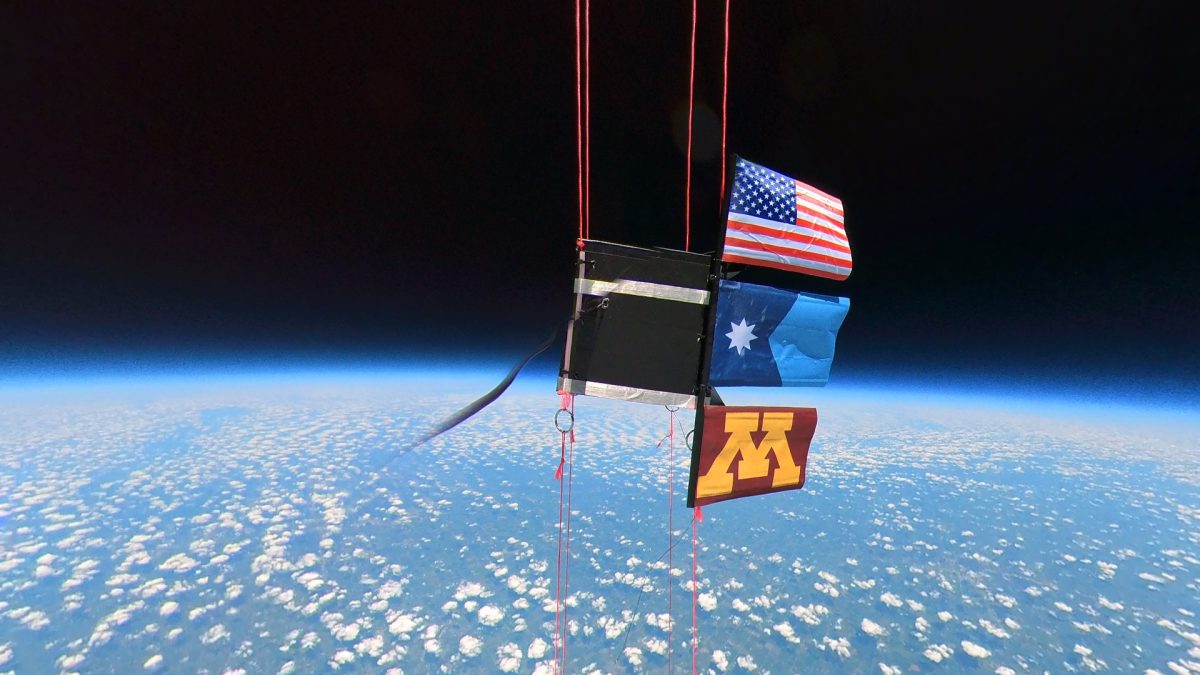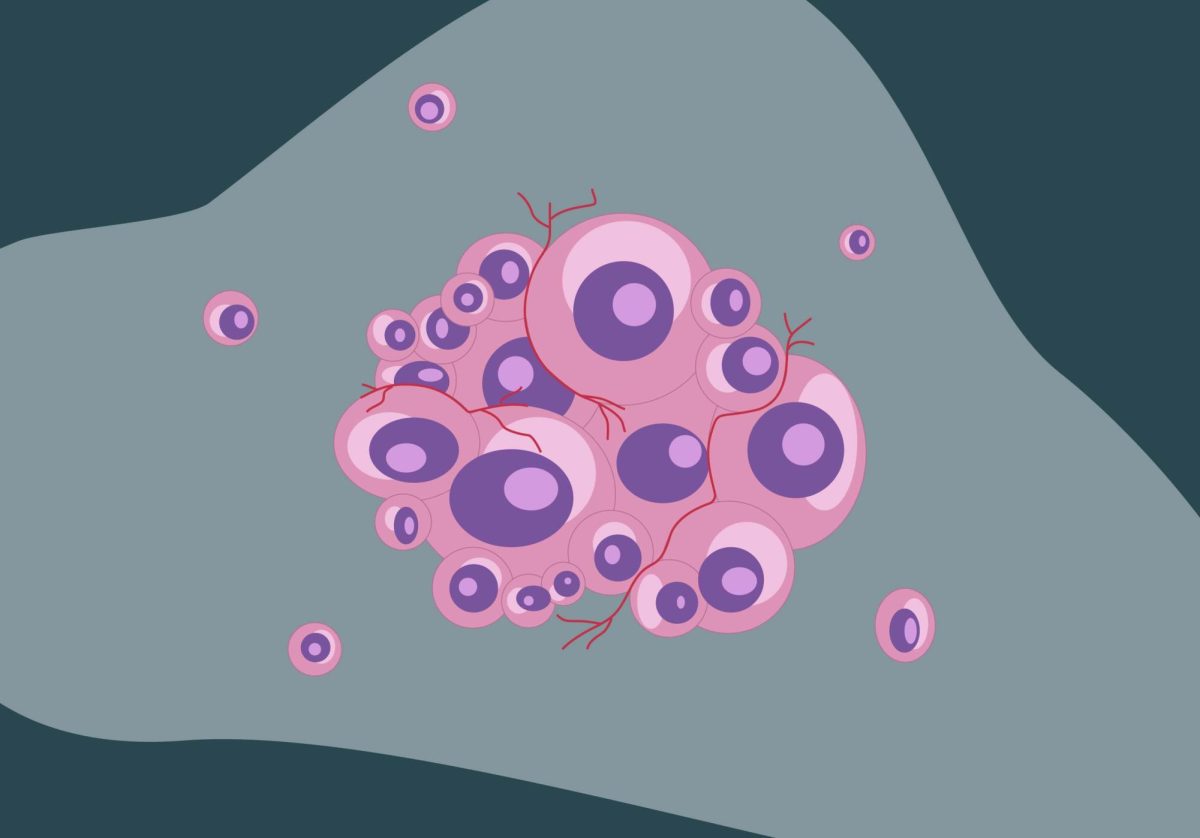Select incoming first-year College of Liberal Arts students at the University of Minnesota are offered a unique opportunity to get first-hand research experience through the Dean’s First-Year Research and Creative Scholars Program (DFRACS).
Students in the DFRACS program are paired with a mentor whose research matches the student’s interests during their first semester. During their second semester, students collaborate with their mentor and occasionally other program members to get first-hand research experience.
Students work six to 10 hours per week on average, according to the CLA website. Participants receive a $2,000 scholarship and college credit.
According to Jadah Green, the coordinator of DFRACS, the program began in 2008 intending to introduce first-year students to the research community.
The invitation-only program started with 39 student participants during the 2008-09 academic year and grew to 154 student participants during the 2018-19 academic year. There are currently 111 student participants in DFRACS.
Research that participating students can engage in takes on a variety of forms, Green said. Students admitted to the program are often unsure about the nature of the work they will be doing.
“It doesn’t have to be someone in a lab coat with beakers and explosions,” Green said. “They come in and they think that they’re going to be doing this really rigorous stuff, and it’s sort of like, no, they just need someone to transcribe files, or they need someone to organize data.”
Green added that the more tedious aspects of research are important.
“Research is consistent details over time. It’s the observation of all of these things over time, and so that can feel like busy work, but that doesn’t mean that it’s not really valuable,” Green said.
Even students who had not previously considered research, or who changed their career trajectory after the program, can find value in the experience, according to Valeria Lopez, a second-year student studying elementary education at the University.
Lopez was enrolled in the program during her first year at the University. At the time, she was interested in journalism and worked alongside professor Christopher Terry to research Spanish-language political radio ads.
“I thought that I might need a master’s or to work towards my Ph.D. [to participate in research], but the fact that I could do it as soon as I got to college was really appealing,” Lopez said. “It opened my eyes to the endless opportunities that not only the program offered but opportunities within the University itself.”
Some students in the program have the opportunity to conduct research beyond campus. Cindy Garcia, interim director of dance and an associate professor in theater arts, extended an invitation to her DFRACS mentee to join her and her team on an eight-day residency in Cuba during the 2022-23 academic year.
During this residency, they conducted research on doll makers specializing in black dolls as part of a broader multimedia collective project titled “Contours,” which explored art and activism in Cuba.
“In some ways, I forget that they are the students,” Garcia said. “We are all there working together, we can share what our obstacles are. We’ve created this whole social network so that the students feel that they are able to ask, not just me, but the other people that we’re working with, questions.”
Garcia took on another mentee through DFRACS for the 2023-24 academic year to work on the same project. She said a great advantage of the program is the ability for faculty to build relationships with students in their first year, which leads to expanded opportunities for their students’ futures in research.
“The work that I do really asks students to fully immerse themselves in my research and create these relationships, many transnational relationships,” Garcia said. “They now have this multigenerational network of people to connect with.”
Daniel Griffin, an associate professor in geography, was a mentor to three students through the DFRACS program during the 2022-23 academic year. His mentees joined his lab group in developing tree ring data sets, using them to study environmental and climate processes and history.
“I think research engagement and involvement is a really big opportunity that is on the menu for undergraduates at a place like the University of Minnesota,” Griffin said.
While acknowledging that students entering his lab typically have little to no prior experience in the field, he said they can develop a deeper understanding of the scientific process and still enjoy themselves.
“It’s just really cool to see these students who may not have cared at all really, who didn’t know about what we were doing, to see them learning the process and learning it well enough that they were able to successfully check each other’s work,” Griffin said. “It’s why we work in any context.”


